Performance Research – On Perception
Performance Research
Vol. 26, No. 1: ‘On Perception’ (Jan/Feb 2021)
Issue Editors: Pil Hansen (University of Calgary, CA) and Freya Vass (University of Kent, UK)
Proposal deadline: Wednesday 29 April 2020
Performing arts training and performance methods develop perceptual skills that enable performers to direct their attention in extended ways, enabling them to remain present and aware while simultaneously perceiving multiple information sources, making decisions and acting on them. Process strategies and approaches to creation often tax well-trained, automated skills by involving physical or cognitive obstacles and conflicts, with an aim towards enhancing the performer’s ability to bring something new into the world. This work, in turn, invites audiences to also attend and perceive differently—to recalibrate and re-cognize their sensing and to more fully perceive across sensory modalities. The potential effect of this invitation is to attune audience members’ minds and bodies to a wider range of possibilities than what is perceptible within the pragmatically driven limits of everyday sensory perception. Not only aesthetically but also ideologically and ethically demanding, this perceptual re-calibration is a foundational condition of imagination, of approaching diverse minds and bodies as potentials instead of pathological deviations, and of the ability to register the many ways in which cultural practices and environments are both affected by and constrain human perception and action.
There is a crucial need to study the potential of the performing arts to affect our perceptual range and to re-sensitize us to connections between environment, human (inter)action and creative thinking. Yet this specific dimension of the work performing artists do is difficult to articulate, advance and measure. Unless it takes spectacular forms like perceptual assault, manipulation or theatrical magic, it tends to be addressed in vague terms that remain implicit to artists in training, audiences and funders.
With this issue of Performance Research, we invite artists and scholars to consider how perception is addressed and affected in and through performance. In particular, we welcome proposals that theorize practice and apply theory to practice in order to examine perceptual strategies of performance and their effects. Intersections between artistic enquiry in the performing arts and other disciplines, for example, cognitive science and cognitive/phenomenological philosophy, have proven particularly useful in addressing subjects of embodied cognition, memory and affect. By focusing on perception, this issue will focus on sensory registers and sensory loci of attention as a point through which embodied, cognitive, cultural and aesthetic processes are adapted. We furthermore embed this point of focus in the creative process and the specific perceptual demands and strategies of the performing arts.
We invite proposals that articulate or reflect on perceptual dimensions of the performing arts, including, but not limited to, enquiries into the following subject areas:
- Perceptual learning and specialization in performing arts training
- Compositional approaches that facilitate perceptual paths for the audience and/or performers
- The constitution and adaptation of perceptual habits through performance praxis Intersections between perception and dramaturgy
- Methods and methodology for researching perception and performance Perception as performance within, across, between and among performance cultures
- Politicization of the senses in performance
- Non-normative perceptual capacities, diverse abilities and artistic practice
- The impact on perception of performative interactivity between animate and inanimate entities
- The ethics of perceptual accessibility, inaccessibility and manipulation
- Perceptual enhancement or inhibition in performance
- Manipulation of performer/audience perception through perceptual illusion, disorientation or other means
- Perception and spatial orientation/constitution/wayfinding in performance
- Cross-modal perception, kinaesthetic empathy or induced synaesthesia in performance training, creation and reception
- Extension of perceptual registers through technology in performance and its impact on perceptual reach and responsiveness
- Perception in and of virtual performance
Contributions may take the form of short performance recipes and written poetic or performative reflections (1–3 pages), Practice-as-Research documentation and reflection or full-length (4–6,000 word) scholarly essays (length is to be determined with editors).
Schedule
Proposals: 29 April 2020
First drafts: 1 August 2020
Final drafts: 15 November 2020
Publication: February 2021
Issue Contacts
All proposals, submissions and general enquiries should be sent direct to Performance Research at: info@performance-research.org
Issue-related enquiries should be directed to the issue editors: Pil Hansen (University of Calgary, CA): pil.hansen@ucalgary.ca Freya Vass (University of Kent, UK): f.vass@kent.ac.uk General Guidelines for Submissions
Before submitting a proposal, we encourage you to visit our (www.performance-research.org ) and familiarize yourself with the journal.
Proposals will be accepted by email (Microsoft Word or Rich Text Format (RTF)).
Proposals should not exceed one A4 side.
Please include your surname in the file name of the document you send.
Please include the issue title and issue number in the subject line of your email.
Submission of images and other visual material is welcome provided that all attachments do not exceed 5 MB, and there is a maximum of five images.
Submission of a proposal will be taken to imply that it presents original, unpublished work not under consideration for publication elsewhere.
If your proposal is accepted, you will be invited to submit an article in first draft by the deadline indicated above. On the final acceptance of a completed article you will be asked to sign an author agreement in order for your work to be published in Performance Research.
